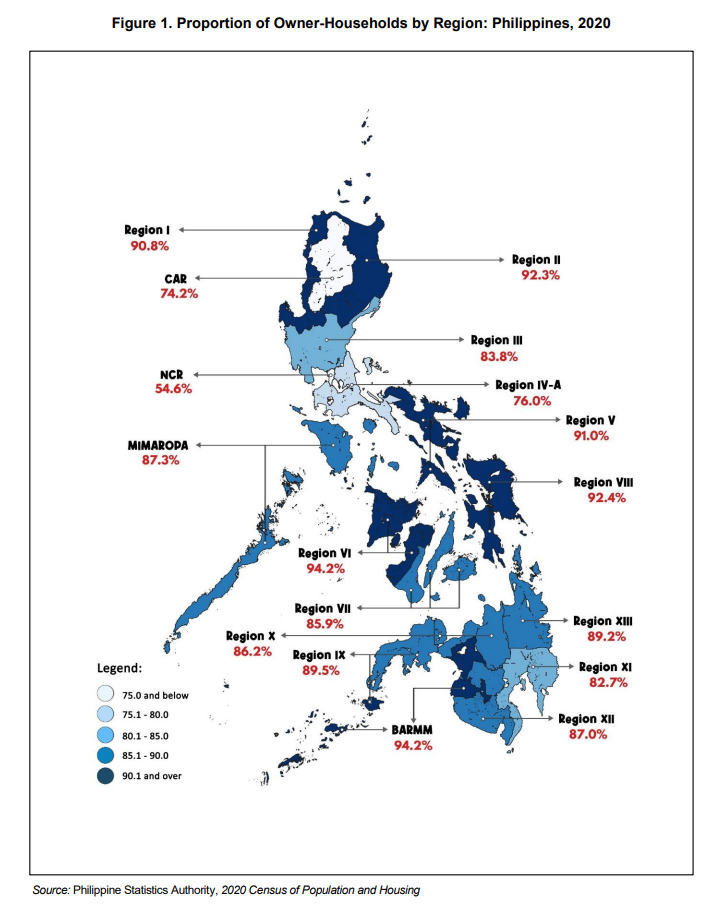The Philippines, a Southeast Asian country located in the western Pacific Ocean, is divided into 17 administrative regions. These regions primarily serve to coordinate planning and organize national government services across multiple local government units.
Island Groups
The country has three major island groups: Luzon, Visayas, and Mindanao.
- Luzon has 8 regions.
- Visayas has 3 regions.
- Mindanao has 6 regions.
List of Regions
Here is a list of the 17 regions in the Philippines:
- Region I – Ilocos Region
- Region II – Cagayan Valley
- Region III – Central Luzon
- Region IV‑A – CALABARZON
- MIMAROPA Region
- Region V – Bicol Region
- Region VI – Western Visayas
- Region VII – Central Visayas
- Region VIII – Eastern Visayas
- Region IX – Zamboanga Peninsula
- Region X – Northern Mindanao
- Region XI – Davao Region
- Region XII – SOCCSKSARGEN
- Region XIII – Caraga
- NCR – National Capital Region
- CAR – Cordillera Administrative Region
- BARMM – Bangsamoro Autonomous Region in Muslim Mindanao
Each region has a city designated as the center where each of the national government agencies has a regional office.
History
Regions first came into existence on September 24, 1972, when the provinces of the Philippines were organized into eleven regions under Presidential Decree No. 1 as part of the Integrated Reorganization Plan of President Ferdinand Marcos. Since that time, other regions have been created and some provinces have been transferred from one region to another.
Population per Region
- Population: The most populous region is CALABARZON with over 16 million people, followed by NCR with over 13 million people. The least populous region is CAR with 2 million people.
- Province count: The region with the most provinces is the Bicol Region with 6 provinces, followed by Cagayan Valley, Western Visayas, Central Visayas, Eastern Visayas, and CAR with 5 provinces each. The region with no provinces is NCR, which consists of 16 cities.
- City count: The region with the most cities is CALABARZON with 20 cities, followed by NCR with 16 cities. The regions with the least cities are MIMAROPA Region and BARMM with 2 cities each.
| Region | Population (2020) | Province | City | Municipality | Barangay | Island group |
|---|---|---|---|---|---|---|
| Ilocos Region (Region I) | 5,301,139 | 4 | 9 | 116 | 3,267 | Luzon |
| Cagayan Valley (Region II) | 3,685,744 | 5 | 4 | 89 | 2,311 | Luzon |
| Central Luzon (Region III) | 12,422,172 | 7 | 14 | 116 | 3,102 | Luzon |
| CALABARZON (Region IV-A) | 16,195,042 | 5 | 20 | 122 | 4,019 | Luzon |
| Bicol Region (Region V) | 6,082,165 | 6 | 7 | 107 | 3,471 | Luzon |
| Western Visayas (Region VI) | 7,954,723 | 6 | 16 | 117 | 4,051 | Visayas |
| Central Visayas (Region VII) | 8,081,988 | 4 | 16 | 116 | 3,003 | Visayas |
| Eastern Visayas (Region VIII) | 4,547,150 | 6 | 7 | 136 | 4,390 | Visayas |
| Zamboanga Peninsula (Region IX) | 3,875,576 | 3 | 5 | 67 | 1,904 | Mindanao |
| Northern Mindanao (Region X) | 5,022,768 | 5 | 9 | 84 | 2,022 | Mindanao |
| Davao Region (Region XI) | 5,243,536 | 5 | 6 | 43 | 1,162 | Mindanao |
| SOCCSKSARGEN (Region XII) | 4,901,486 | 4 | 5 | 45 | 1,195 | Mindanao |
| National Capital Region (NCR) | 13,484,462 | 0 | 16 | 1 | 1,710 | Luzon |
| Cordillera Administrative Region (CAR) | 1,797,660 | 6 | 2 | 75 | 1,178 | Luzon |
| Bangsamoro Autonomous Region in Muslim Mindanao (BARMM) | 4,404,288 | 5 | 2 | 116 | 2,490 | Mindanao |
| Caraga (Region XIII) | 2,804,788 | 5 | 6 | 67 | 1,311 | Mindanao |
| MIMAROPA Region | 3,228,558 | 5 | 2 | 71 | 1,460 | Luzon |
Conclusion
The regional divisions in the Philippines play a crucial role in coordinating planning and organizing national government services across multiple local government units. With each region having its own unique characteristics and culture, they collectively contribute to the rich diversity and vibrant culture of the Philippines.

